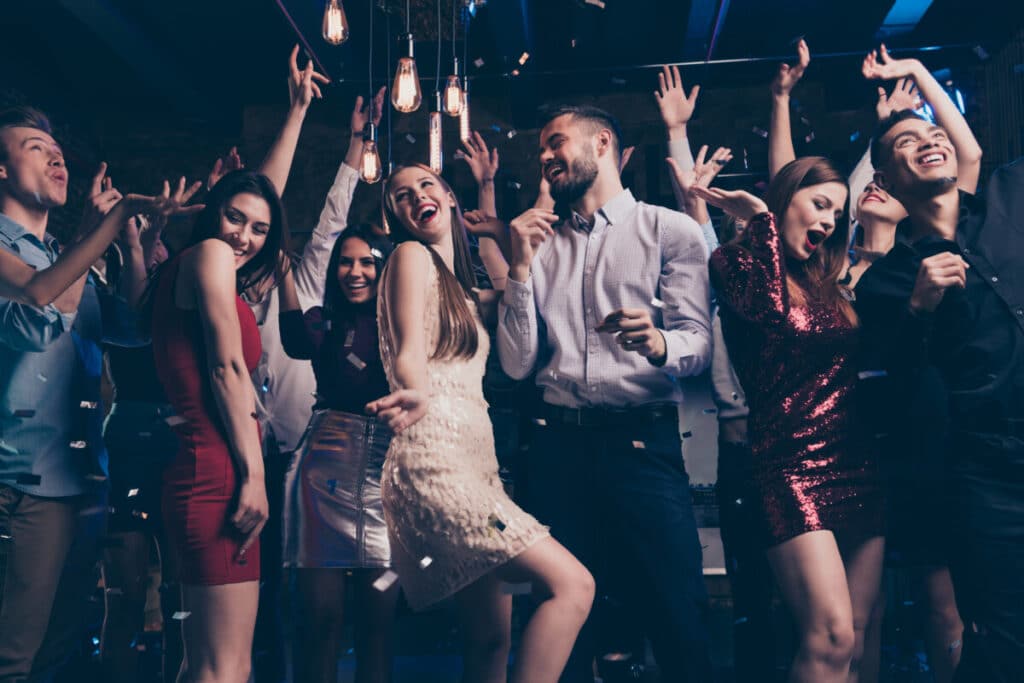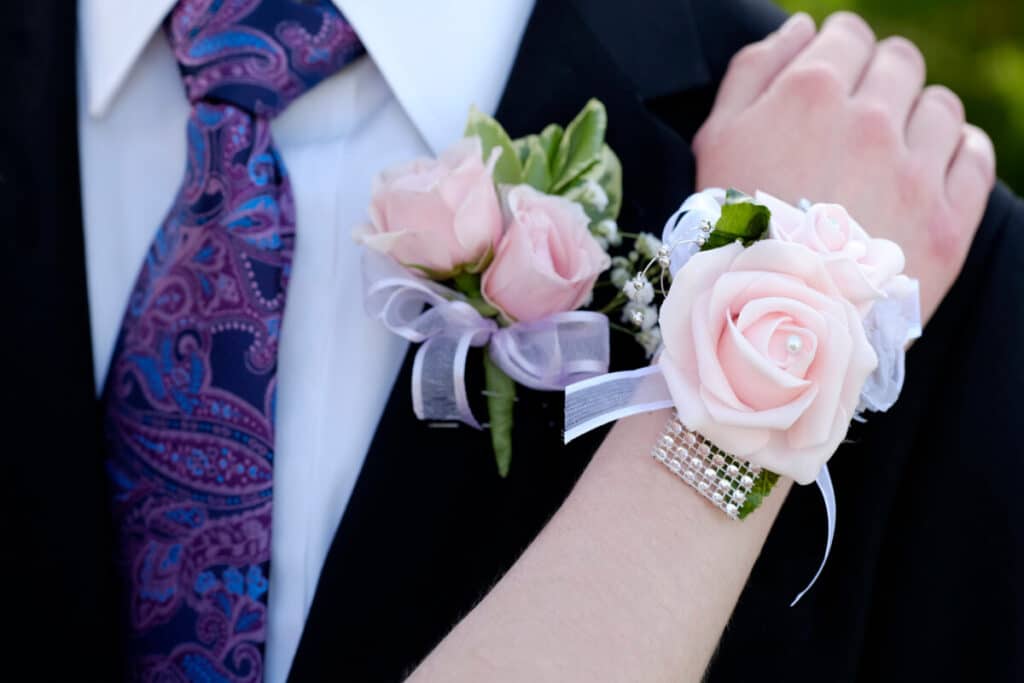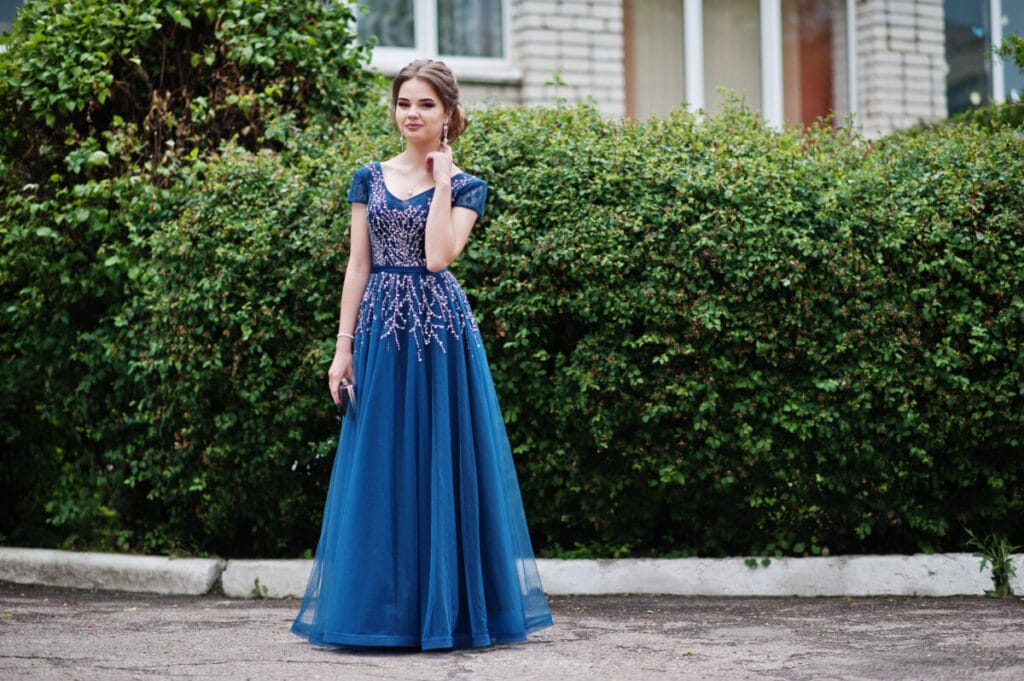Can 10th Graders (Sophomores) Go to Prom and Homecoming?

Being in high school often means going to high school dances. It is important to know which dances you can go to and which ones you cannot.
Sophomores (10th graders) can go to homecoming, but they can’t always go to prom. Homecoming is open to all students. In many schools, prom is only open to seniors (12th graders) and sometimes juniors (11th graders). Sophomores are allowed to go to prom as an older student’s date.
Homecoming and prom are often very different dances, and there are a few things you should know before going to either one.
Homecoming vs Prom
Homecoming
Homecoming is not just a dance. It actually involves multiple day’s worth of activities, most of which vary depending on the school. It is often an opportunity for alumni to return and visit with teachers, other alumni, and the friends that remain among the students. It is called homecoming because the alumni are “coming home.”
Some schools will have a parade or a football match too. Homecoming football matches are usually a big game, often against the main rival team.
The homecoming dance is the main event of homecoming, and it is typically what people associate with homecoming. It is open to all students to attend. It generally happens in September or October and is usually the first dance of the year. It can often be more casual than prom, with a more relaxed attire.
Prom
Prom is the most well-known dance in high school. It is often featured in high school movies and considered to be a very important day. It is usually held in May near the end of the school year. It is a formal event, and people dress up in suits or fancy dresses.
Prom is usually only open to seniors and, at some schools, juniors. Freshman and sophomores are typically not allowed. However, seniors and juniors are allowed to bring a sophomore or a freshman to prom as a date. They can also bring a student from another school as a date, though many schools require a form to be filled out in advance.
Prom is a big deal. High school students look forward to prom all year. They ask one another to prom in elaborate ways. They dress up, go out on dates beforehand, and hang out afterwards. It is an important day and a rite of passage.
Other Dances
Homecoming and prom are not the only school dances. Many schools also have a winter formal just before winter break. As you might have guessed by the name, it is a formal dance, often with a theme of winter or snow.
Another type of dance is a Sadie Hawkins Dance. This is a dance where women ask men to go to the dance with them rather than the other way around. This kind of dance was supposed to be an opportunity for women to ask men to a dance. However, women ask men to other dances all the time, so this type of dance is being phased out.
What Happens at School Dances?

High school dances aren’t just about the dance itself. Dances, especially prom, are often a full evening or even a full day experience. Most people will start the night out with pictures. Whether they go with a date or with a group of friends, most parents want a picture of the teens in their nice outfits.
After pictures, many people will go out to dinner at a nice restaurant. Some groups will also do a day-date, where the couples or group spends the day together and does something fun until the date. There is usually some kind of smaller, more intimate date before the dance.
After that, students usually go to the dance itself. As you might have guessed, school dances typically involve dancing. That is the main activity of the night. There is usually a mix of upbeat songs to dance to alone or in a group and slow dances to dance with another person. Some dances will have some line dancing songs too, like Cupid Shuffle or the Macarena.
Besides dancing, people also go to school dances to socialize. They will spend time with their friend groups, talk to other couples, or meet new people. There are also often snacks and/or a photo station. Homecoming and prom will also have a king and queen. Students are sometimes nominated beforehand, then voted on to be homecoming or prom king and queen. Fewer and fewer schools are doing this, as it is seen as a popularity contest that can damage self-esteem.
There are often after-dance events as well, mostly after prom. Sometimes a school will host an after-prom party. Other times, people will throw house parties or the couple or group will go out or to someone’s house. My friend group would go to someone’s house after school dances and play board games.
How Should You Dress for a School Dance?

How you dress for a school dance depends on the dress code for the dance. Some dances will be casual dress. This doesn’t mean that people come in sweatpants and a t-shirt. It usually means a nice shirt and pants or a skirt. Other dances will be semi-formal, which means a nice, but not over-the-top dress or a button-down shirt, tie, and dress pants.
Prom is a formal dance, which means that it requires an extra special outfit. Men usually wear a full suit, though a tuxedo is not necessary. Women will usually wear a prom dress. This is a dress that they buy specifically for prom and often never wear again. Some prom dresses are very expensive, but there are ways to get a nice prom dress without spending thousands of dollars.
Some schools will have Halloween dances, which often mean dressing up in costume. This can be a lot of fun because you and your date can coordinate on a couples costume, or your friend group can all dress up in a group costume. Schools usually have policies about how you need to dress when in costume: no weapons, no masks, and cover a certain amount of skin. Make sure you know what your school’s policies are for these costumes and adhere to them. If you don’t, you may be kicked out.
